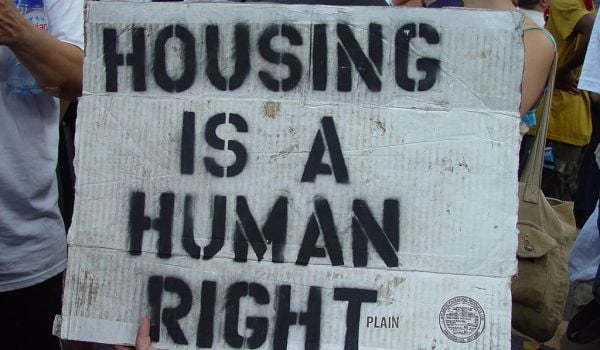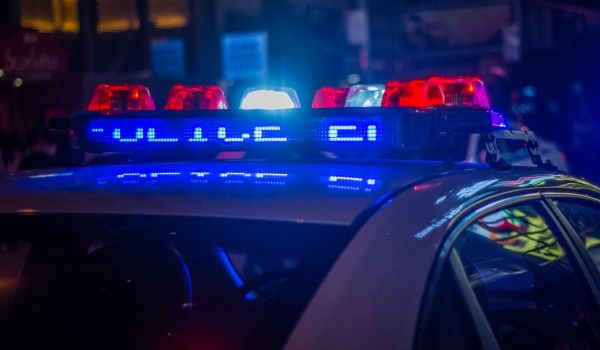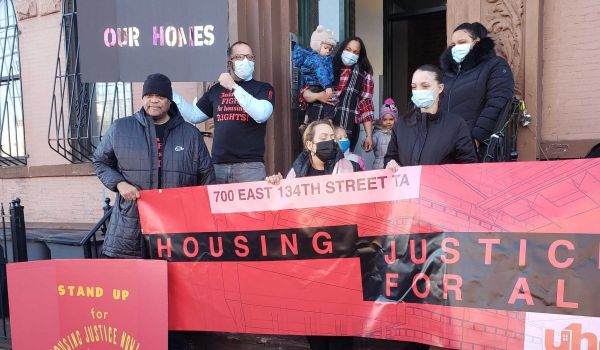We are nearing two years since the murder of George Floyd forced our nation into a moral reckoning and ignited cries for change in public safety and justice. In New York, as we build towards a just recovery from the COVID-19 pandemic amidst another surge, we have a unique opportunity to ensure our recovery means reimagining and rebuilding our systems so that they finally work for everyone. That includes public safety.
For decades, our definition of public safety has been synonymous with policing. It’s a narrow understanding that fails to acknowledge the root causes of our biggest problems. It has given rise to over-policing, targeted surveillance, and mass incarceration. We know now, especially in the face of this ongoing pandemic, that true public safety comes when communities have what they need to thrive. Safe and permanently affordable housing, dignified union jobs, quality public education, food security, and universal healthcare.
Reimagining public safety means reorienting ourselves to community needs and community-led safety solutions. It means acknowledging what the data tells us: that the safest communities are not those with the most police; they are the ones with the most resources. In short, public safety is a matter of investment.
This requires that we treat our local and state budgets as moral documents. What we invest in is what our society prioritizes and values. By creating and fully funding mental health and behavioral response programs, as well as homelessness outreach initiatives, we can ensure that our communities receive the right response at the right time and we are providing the most marginalized in our society with care instead of cages. By empowering and supporting restorative justice practices in schools, we can ensure that young New Yorkers are met with care, compassion, and the resources they need to succeed and better cope with their everyday stresses — both pandemic-related and not. By investing in violence prevention programs and community support initiatives, we can proactively address the punitive, carceral systems that show up in spaces that impact working families, including immigrant and undocumented communities. Alongside fully funded schools, public health, and housing infrastructure, these initiatives are particularly effective because they help focus resources and support where they’re needed most.
Building this new vision of public safety will not happen overnight — but across the state, communities are already taking steps forward. In Ithaca, work is being started to implement an unarmed response unit, and the city is working with a countywide coalition to develop a community healing plan to address trauma more broadly. In New York City, a mental health response pilot program is showing promising outcomes, and with a new City Council, the most diverse and progressive in the city’s history, the future is bright for what the state’s biggest city can do. And right here in Rochester, work is moving to institute the Person in Crisis (PIC) Team, a program to dispatch an unarmed, community-based response — instead of armed police — to people dealing with substance abuse or mental health crises.
New York can lead the country in reimagining public safety, as long as we move with swift decisiveness, dedicated resources, and unwavering commitment to do so. As members of Local Progress – a national network of local elected officials – we are proud to be in community with local leaders representing small towns and big cities in both upstate and down working together to bring about this change at the local level.
Mary Lupien is the vice president of the Rochester City Council, and a member of Local Progress.
Shahana Hanif is a New York City council member representing Brooklyn's 39th District, and a member of Local Progress.















